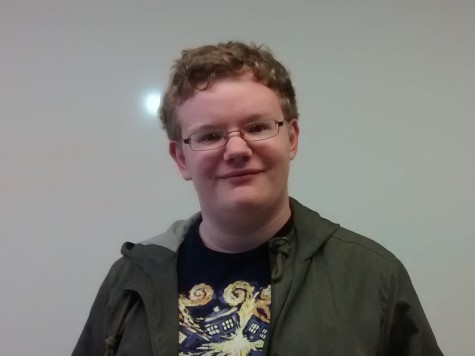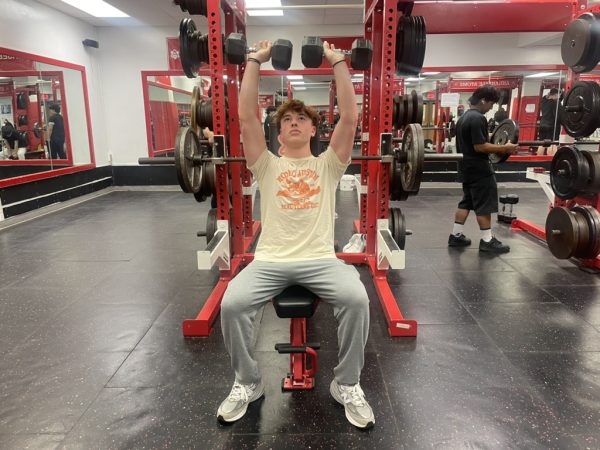Finding the right class
Having entered the second half of the school year, it is time for students to start thinking about the classes they will take next year.
While counselors do what they can to make sure students are placed in classes that will be right for them, there are often circumstances that leave students in unfitting classes.
“The first time [there was a mistake] I was put in ESOL classes, where you learn English” freshman Alex Obregon said. “But I already knew English.”
Classes are decided between the counselors, students, parents and teachers, but despite the people involved, the result can be different from what was expected.
“They may have wanted to try something more challenging, and find that they bit off more than they could chew,” Algebra 2 and Algebra 2 Plus teacher Tobias Dienstfrey said. “They may have wanted to go the easy route and got bored if it’s not challenging enough.”
“Sometimes students make progress faster than expected, sometimes slower than expected,” ESOL Math teacher Audrey Dunnell said.
Teachers and department chairs in each subject try to account for this by having students take an assessment at the beginning of the year.
“We give a 40 question diagnostic test at the beginning of the year,” Dienstfrey said. “If they do well, they can go to Algebra 2 Honors, but if they do poorly then it would be better for them to take Algebra 2 Plus.”
“ESOL students don’t choose their classes,” Dunnell said, “they take a standardized test before enrollment and are placed according to that. Teachers have some discretion, so placement doesn’t rely solely on one test.”
If a student and their teacher think that they are in the wrong class level, the teacher suggests to the subject’s department chair to move the student to another class.
“I’ve been in a course that was too easy,” junior Vinh Nguyen said, “so I changed to a higher level course.”
“I talked to my counselor,” Obregon said. “He couldn’t take me out of ESOL officially, but he put me at a higher level. My new class is better for me. Everybody there speaks English.”
In most cases, students find that they are in the wrong classes before the end of first quarter and are moved soon after.
“I found out the class wasn’t right for me, the first two weeks of school,” Obregon said.
In the course selection process, teachers that the student has had before recommend that they take certain classes based on how well they did in a subject.
“Previous teachers give advice for particular students,” Dienstfrey said. “Counselors and parents get involved in it too. If a student or parent disagrees with a decision, they can talk with the teacher or counselor about that. It’s their prerogative.”
“Teachers can tell if the students are getting failing grades and not understanding content on a consistent basis,” Dunnell said.
Most subjects have become increasingly challenging throughout the years, but some changes in class difficulty may still be surprising to students.
The teaching style and difficulty of content varies between subject courses, like biology, chemistry and physics.
“Most students know what they’re getting into,” Dienstfrey said. “The previous teacher has a discussion with the student if they aren’t going into the expected class, to avoid surprises later on.”
Placing students into the right classes is not a flawless process, but those involved try their best to ensure that students can get the education they need in a way they can handle.
“Some students struggle, but we try to place students at an appropriate level in accordance with county guidelines,” Dunnell said.
“Two to three students out of a class of twenty-five may be misplaced, but overall I think recommendations is a good process.”
“The fact is that you only have a few issues per class,” Dienstfrey said. “No system runs perfectly, but it works relatively smoothly.”

AHS senior Linus Bumbaca is the copy editor for The A-Blast, and has worked on the paper all four years of high school. As a freshman and sophomore, he...







